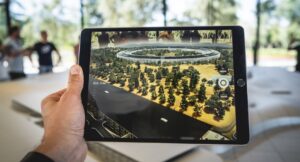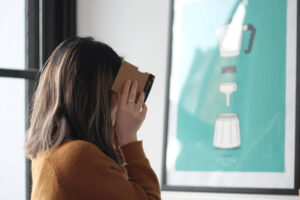
13 Proven Ways to Develop Next-Generation Leaders
Today’s workforce is rapidly changing, as Boomers pass the baton to their Gen X, Millennial, and Gen Z counterparts. However, for many organizations, this transition

Today’s workforce is rapidly changing, as Boomers pass the baton to their Gen X, Millennial, and Gen Z counterparts. However, for many organizations, this transition

The 21st Century has seen enterprises across all industries scramble for the latest technologies and team-building strategies to enhance workforce development. For a good reason:

The spread of Coronavirus has sent shockwaves across the global economy. With such a devastating human cost to the pandemic, the imposition of lockdowns has

Virtual reality has generated a lot of headlines in recent years. For HR departments, the most talked-about use case for VR is employee training, where